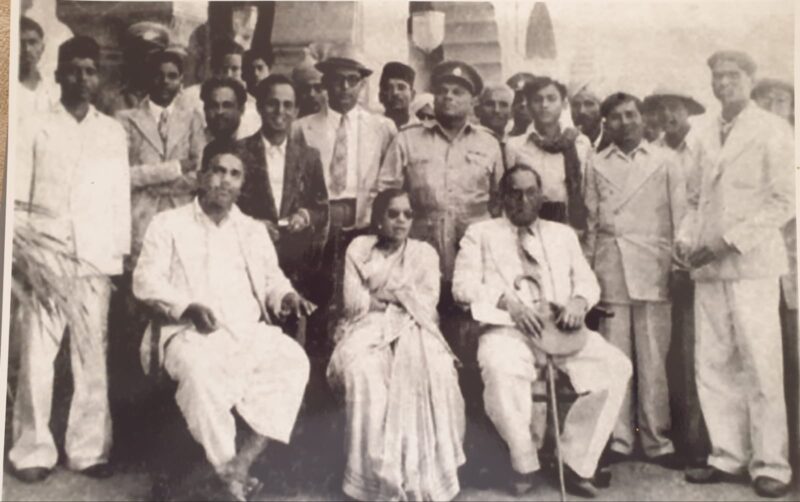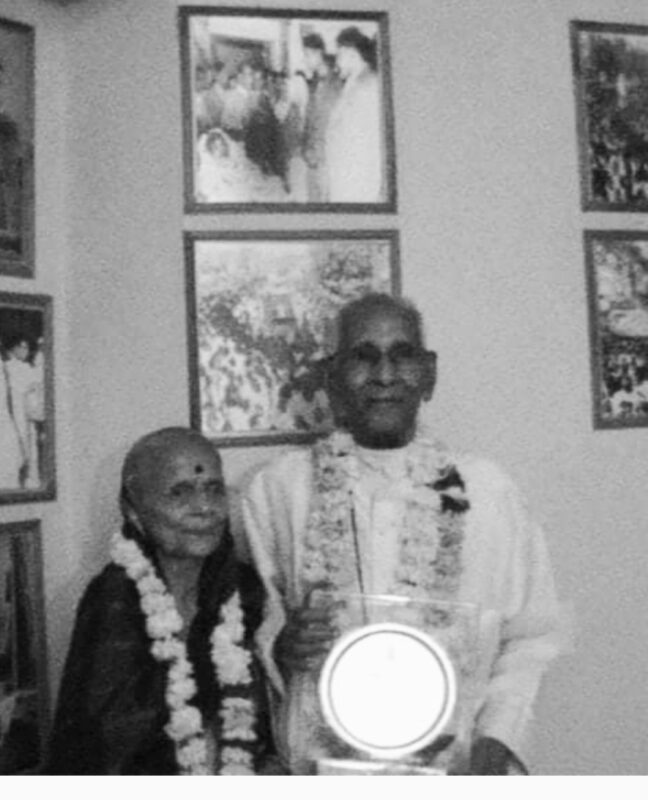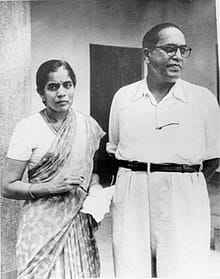AS AND when Ravinder Kumar, ex-Railways Board member, drives close to 26, Alipur Road (now known as Sham Nath Marg) in North Delhi, he is transported back to his childhood days when his father, Hoti Lal, and caretaker of BR Ambedkar’s 26, Alipur Road house used to narrate stories about the Dalit icon and that house.
It was Hoti Lal, who had informed the world on a very chilly day in Delhi that Babasaheb passed away on December 6, 1956.
After quitting the cabinet on October 31, 1951, over serious differences with the then Prime Minister Jawaharlal Nehru over Hindu Code Bill, Ambedkar vacated his official 22, Prithviraj Road residence early next day and shifted to 26, Alipur Road.
Well, he could have stayed at Prithviraj Road residence for a couple of months more as rules permit, but he decided otherwise and asked his personal assistants Nanak Chand Rattu and Hoti Lal that he would like to leave the Prithviraj Road house the next day at any cost whatsoever.
The 22, Prithviraj Road house was allotted to him when he became the Union Law Minister in interim government headed by Pt Nehru in 1946.

So, he was living there for the last five years or so. In this very house, he got married to Savita Ambedkar on April 15, 1948 in a very simple ceremony.
Now, it is the Turkish ambassador’s residence. There have been demands from various quarters that either a statue or bust of Ambedkar should be placed there. Alas, currently, there is not even plaque there that can inform that Babasaheb had once lived here.
Prior to 22, Prithiviraj Road, he had also lived briefly at 1, Tilak Marg (earlier known as Hardinge Lane) close to India Gate.
Hoti Lal had told this writer in his Vasant Kunj residence in 1999, “I was told by Babasaheb that I do not want to live in the government accommodation even for a day as I am no longer part of the government.”
While Hoti Lal, Rattu and others were frantically searching for an alternative accommodation in Karol Bagh area as Ambedkar had large number of followers living there, the former Raja of Sirohi came at his place after hearing about his decision to quit the cabinet.

“He knew him and greatly respected him. He requested Dr Ambedkar to live at his vacant 26, Alipur Road house. After briefly discussing the proposal of Raja of Sirohi with wife Savita ji, he agreed to shift to Alipur Road but with one rider. He told Sirohi that he would pay token amount as rent. He won’t live there free of cost. Reluctantly, Raja agreed. Further, many people of Karol Bagh were requesting Ambedkar to shift to Karol Bagh. Actually, he used to visit there very often,” recalled Hoti Lal.
Meanwhile, Ambedkar left his official home lock, stock and barrel with Savita Ambedkar and shifted to 26, Alipur Road house on November 1, 1951. And in this house, he lived there till December 6, 1956 when he died in his sleep.
Here at 26, Alipur Road, only his cook Sudama used to stay. Rattu and Hoti Lal lived in different parts of the city and stayed with Ambedkar from 9 am to 9 pm. They were more of followers of the Dalit icon than anything else. They handled his huge library, letters and visitors too.

Ambedkar with wife Savita Ambedkar at
26, Alipur Road residence
According to Ravinder Kumar, who is also a poet and an authority on Bollywood, “Dr Ambedkar used to meet activists, intellectuals and his followers at his rented home for hours together. Simple lunch would be served to them. Those were the early days of freedom from British Raj and partition of the country. Therefore, more often than not, the discussion revolved around these subjects only.”
It is said that he was very unhappy due to the gory riots that took place post partition. He started reading extensively here as he was free from his official responsibilities. He had more time to spend on reading and writing.
There, at 26 Alipur Road, Babasaheb Ambedkar wrote his classic book Buddha and his Dhamma. It is a treatise on Buddha’s life and Buddhism, and was the last work of Ambedkar. It was first published in 1957 after Ambedkar’s death. Written in English, the book has been translated into many languages including Hindi, Gujarati, Telugu, Tamil, Marathi, Malayalam and Kannada. It is an essential reading for all those keen to know more about him and his thoughts on Buddhism.
Despite his busy schedule of meeting people and reading, Babasaheb Ambedkar used to go for a walk in the Ridge area close to Delhi University almost daily. And as Delhi University campus was very close to 26, Alipur Road, teachers and students from there were regular at his house. Very often, he used to present his books like The Annihilation of Caste, Who were the Shudras?, The Buddha and His Dhamma to those who’d visit him.
It is said that Babasaheb Ambedkar had no airs of a very big and mass leader. He used to walk in local parks of Alipur Road too with his wife or friends. He mixed freely with the local residents as well. After his demise in 1956, Savita Ambedkar lived here for another three years. Later, the Raja of Sirohi sold this historic house to one local businessman, Madan Lal Jain.
Jain sold the house to the Jindal family [of Jindal Steel] later. But on the demand of a large number of Babasaheb Ambedkar followers, Alipur Road was converted into his memorial in 2003.
An Agra based businessman, Ravish Pipal, visits the area without fail during his trips to Delhi. “Surely, it is a place of pilgrimage for all those for whom he fought. Thanks to him, a very large section of Indian society got their due,” he concludes.





